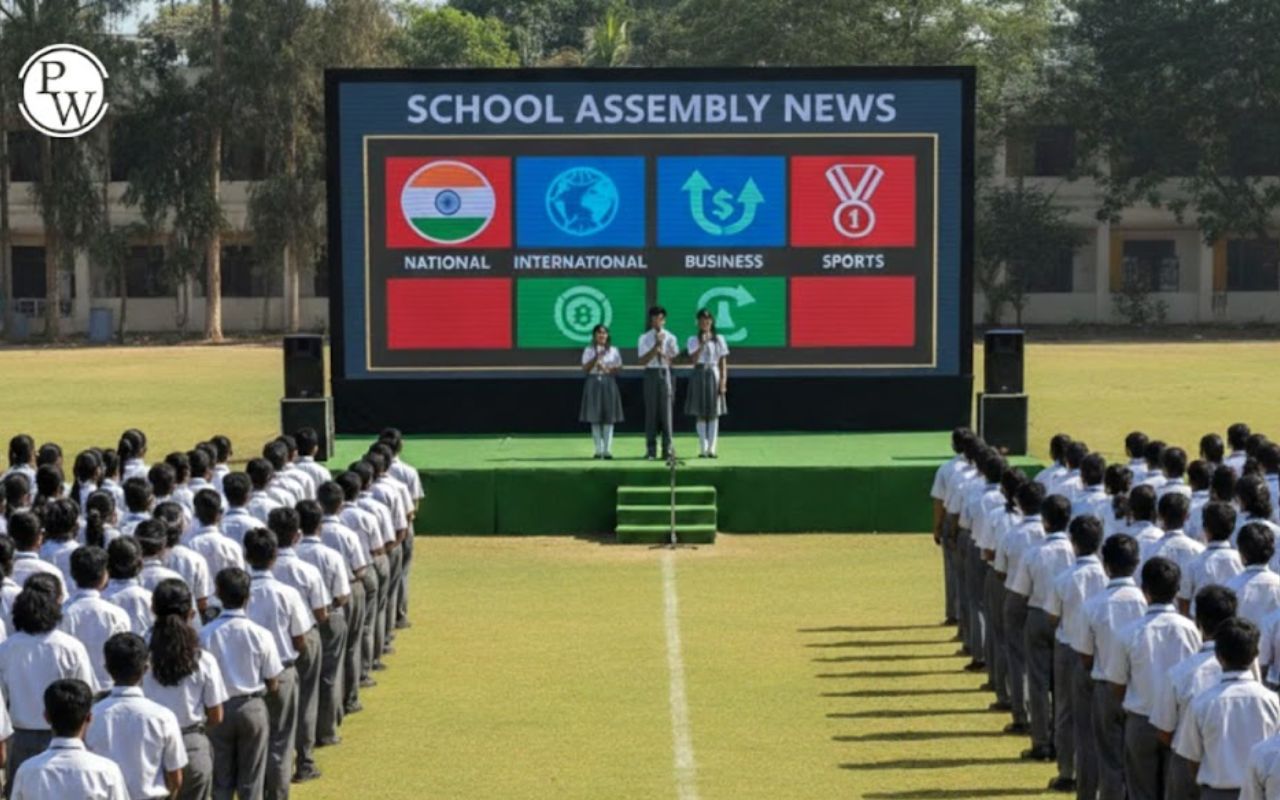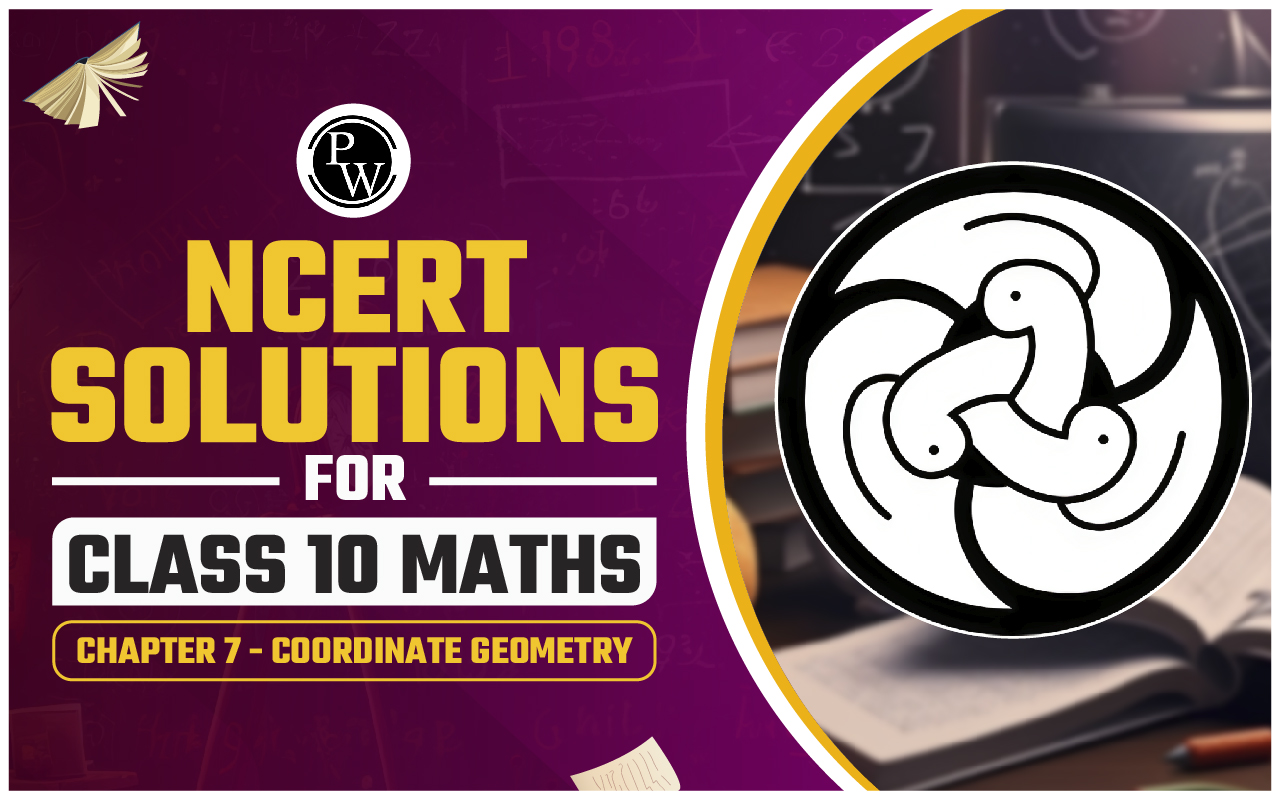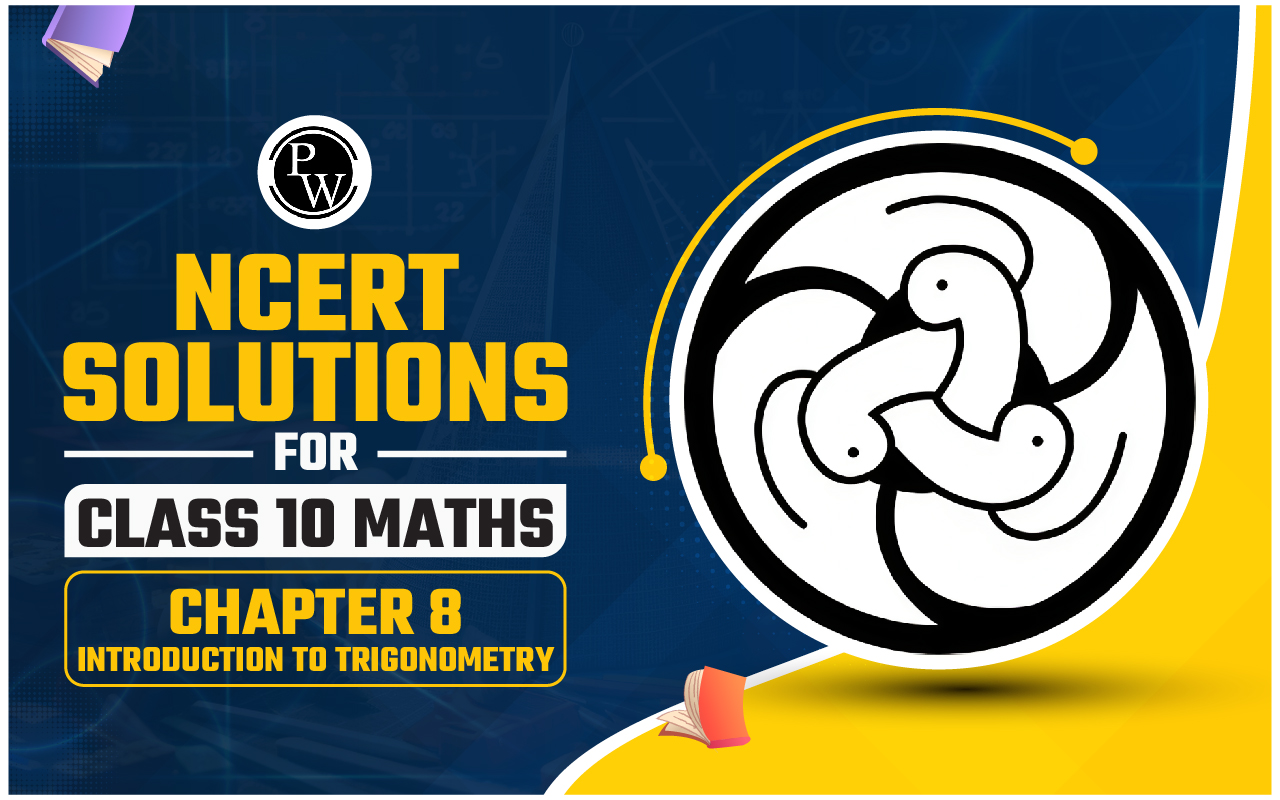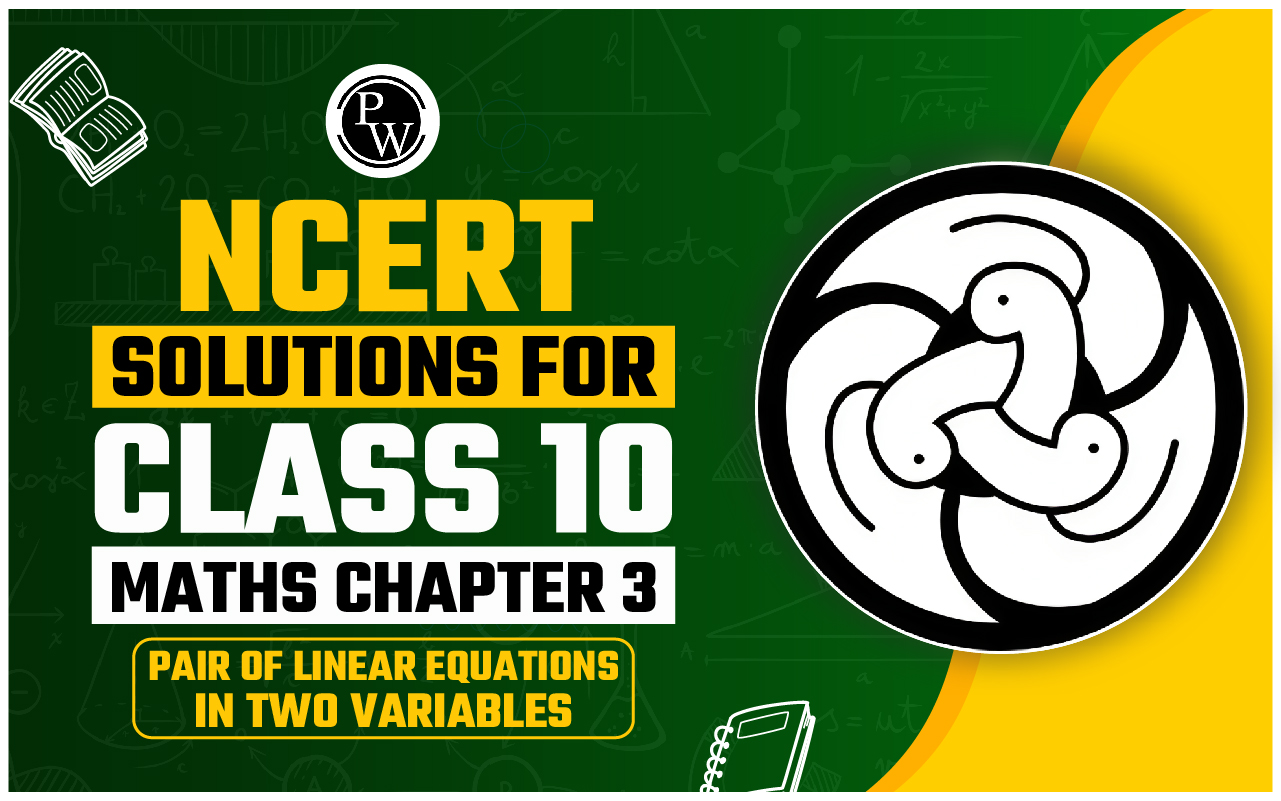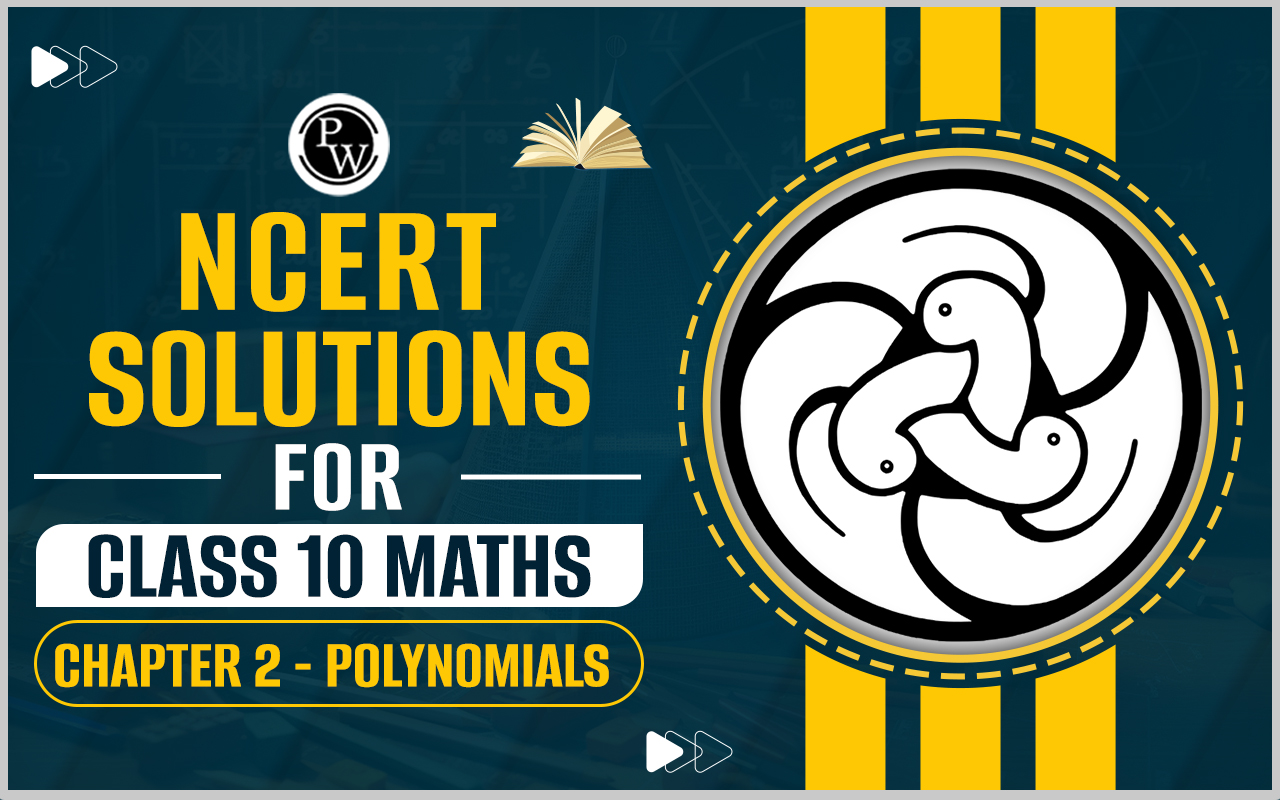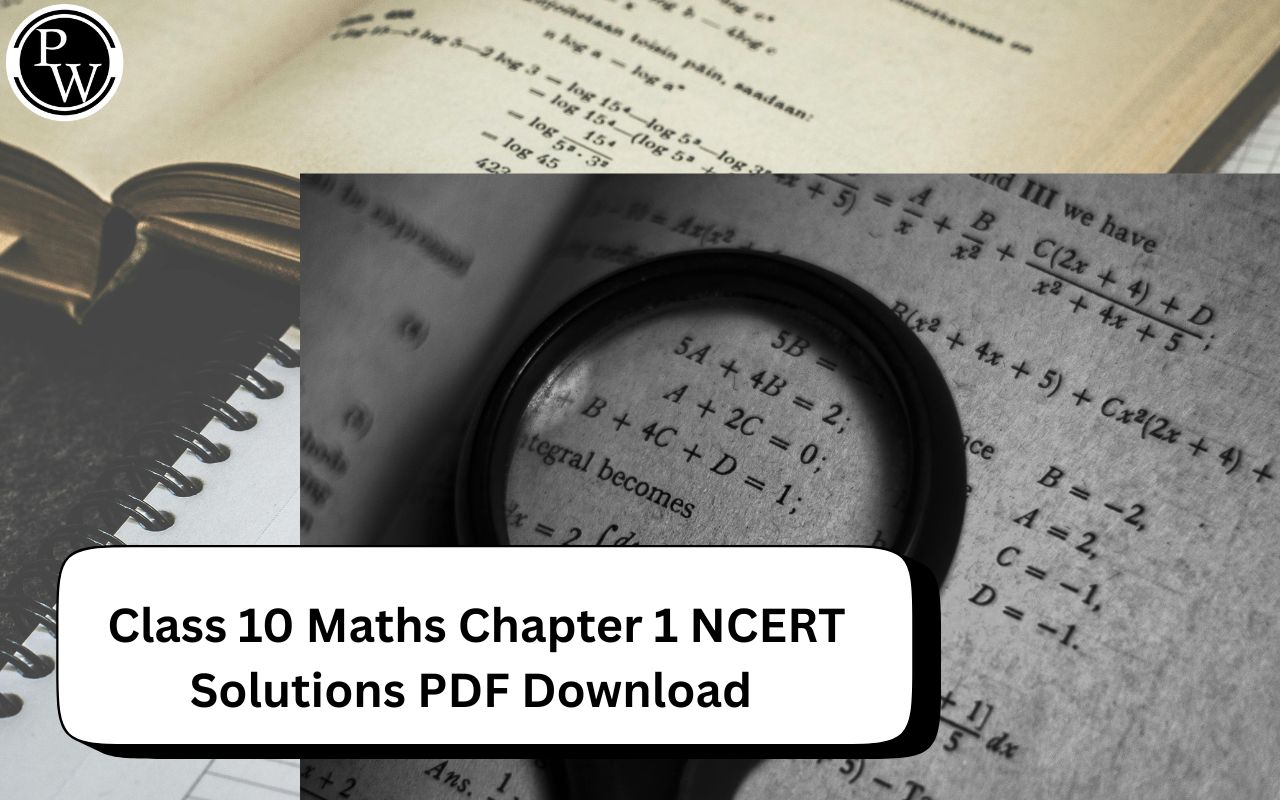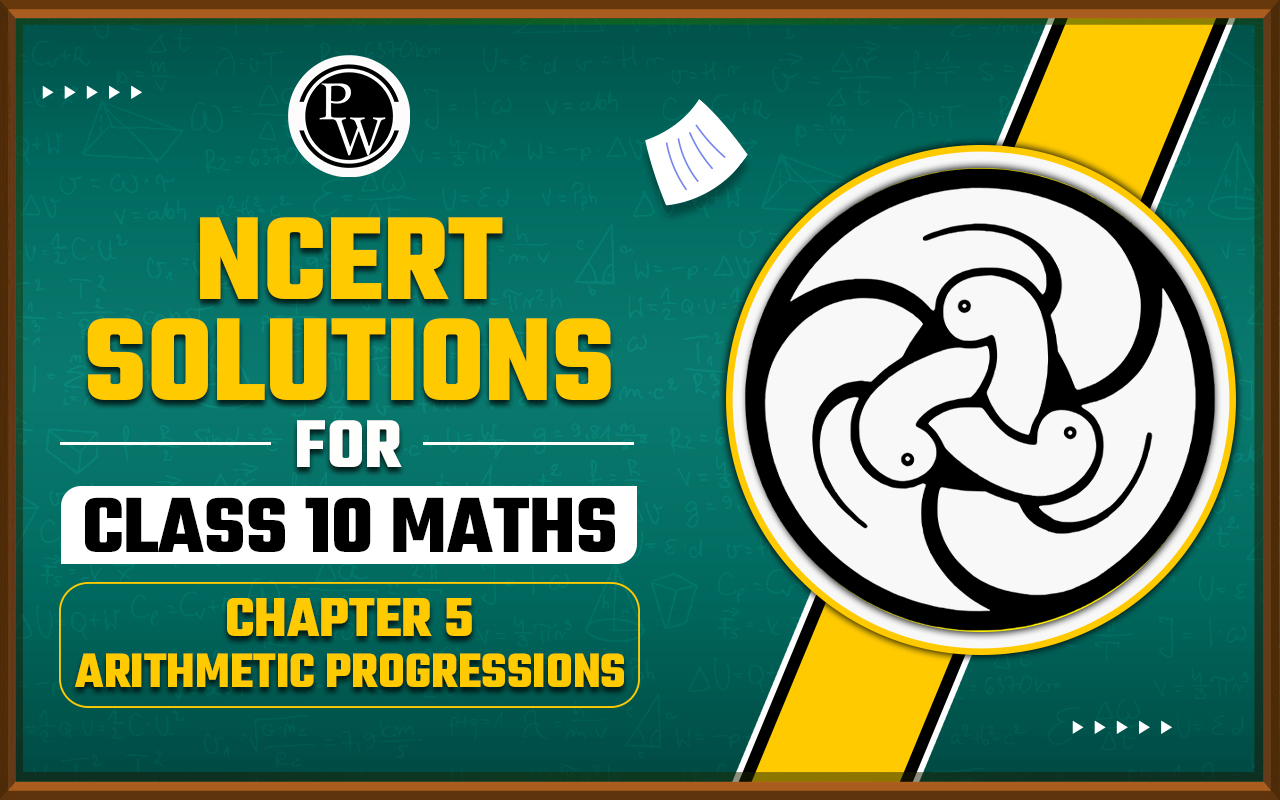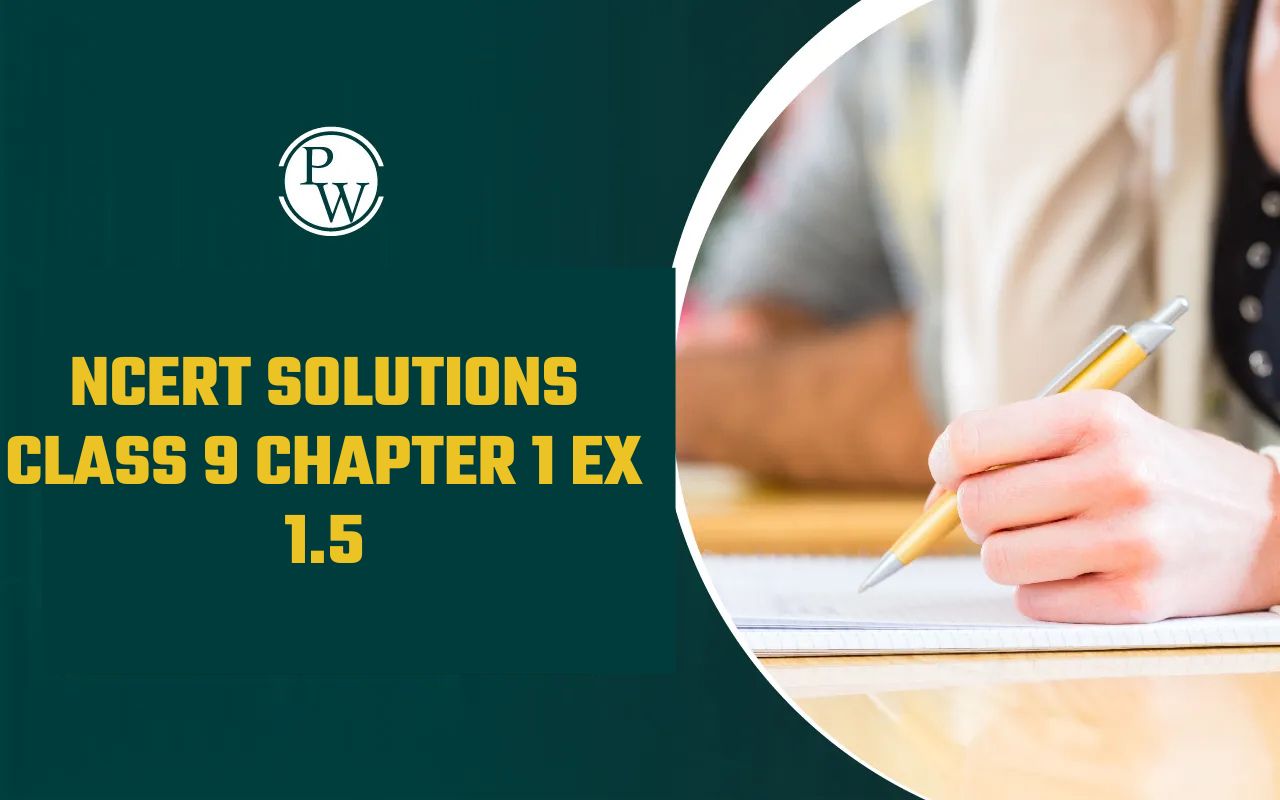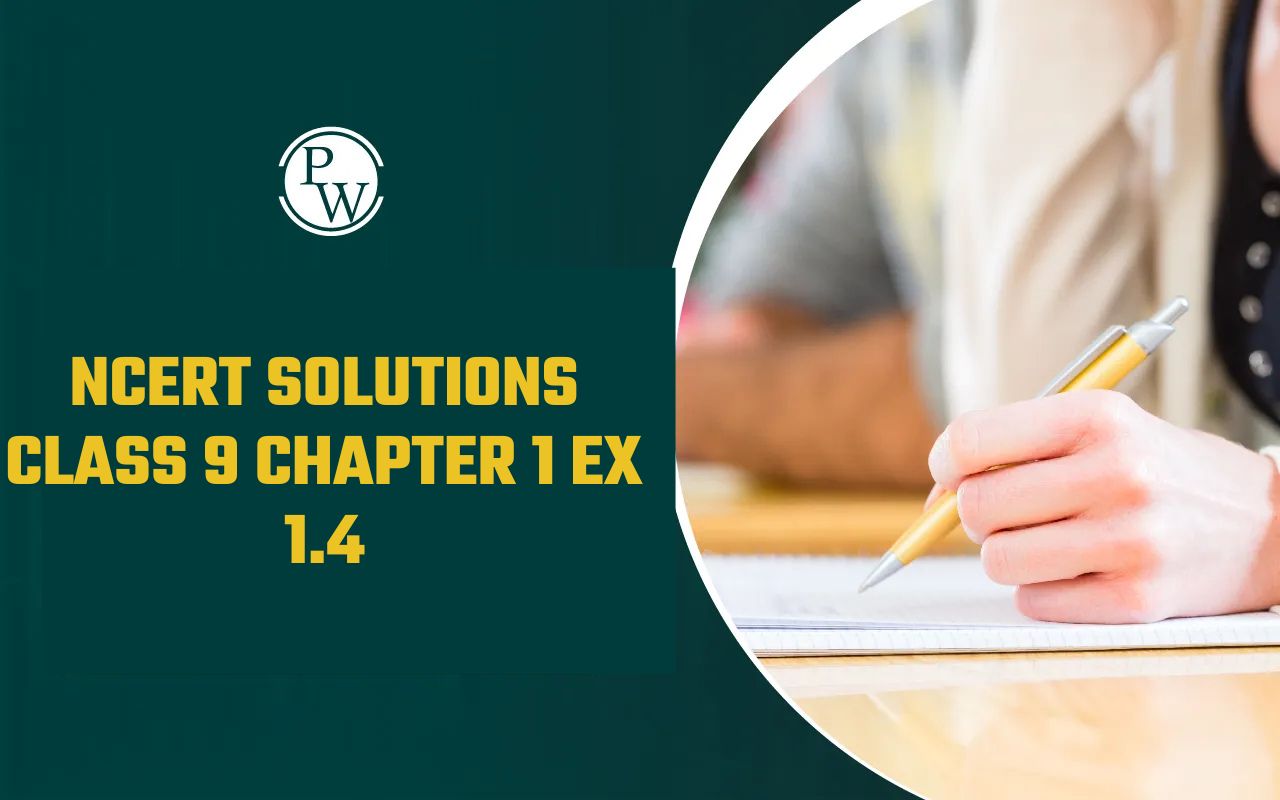
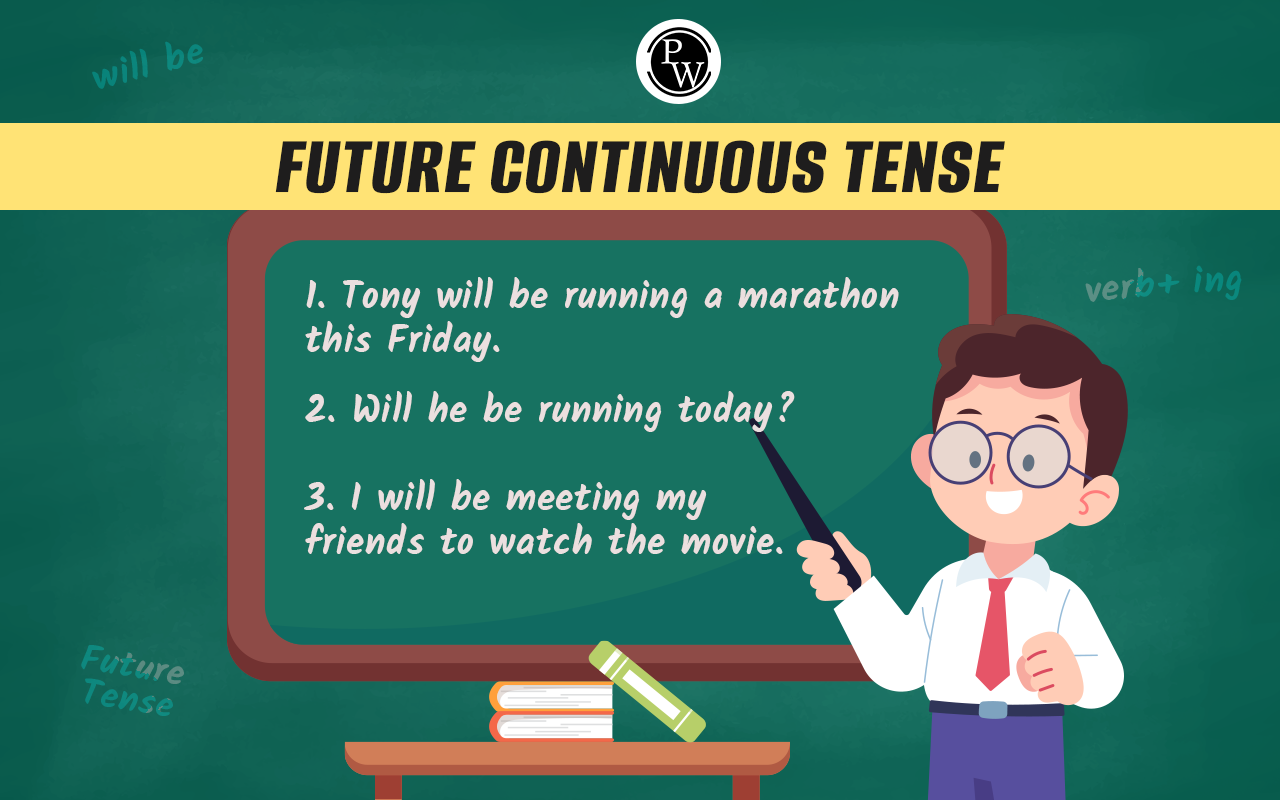
Future Continuous Tense: Do you ever feel stuck in a present that is hard to escape? Have you ever found yourself wishing for a different sort of life, yet feeling powerless to make these dreams come true? If this sounds like you, it might be time to look into the future continuous tense—a grammar form that could unlock greater control over your own destiny.
Developing an understanding of this important linguistic form can help you yield more powerful results in areas ranging from career aspirations to overall happiness. By getting familiar with this concept, and strengthening its power through practical use, we empower ourselves to shape our lives on a much deeper level.What is the Future Continuous Tense?
The future continuous tense , also called the future progressive tense, denotes an ongoing action that will occur in the future. This tense mirrors the structure of the present continuous tense but is oriented toward future events. Examples:- Future continuous: I will be watching my movies from lunch until dinner.
- Present continuous: I am watching my movies.
- Multiple actions are happening in the future.
- Planned or confirmed future events taking place at a specific time.
- Future continuous (specific): They will be promoting me to the sales manager on Friday.
- Simple future (uncertain): They will someday promote me to sales manager.
- Future continuous: I will be working as an assistant from August to December.
- Future perfect continuous: In November, I will have been working as a sales assistant for many months.
Future Continuous Tense Structure
The Future Continuous Tense is formed using a specific structure. Here is the structure for the Future Continuous Tense :| Future Continuous Tense Structure | ||
| Sentence Type | Structure | Example |
| Affirmative | Subject + will/shall + be + present participle + object/complement | She will be studying for her exam. |
| Negative | Subject + will not/shall not + be + present participle + object/complement | They will not be attending the meeting. |
| Interrogative | Will/Shall + subject + be + present participle + object/complement? | Will you be working on the project tomorrow? |
Future Continuous Tense Rules
Like the present continuous tense and the past continuous tense, the future continuous tense is constructed using two auxiliary verbs – 'will' and 'be,' followed by the past participle form of the main verb. The past participle is formed by adding 'ing' to the end of the verb. To create a negative form, 'not' is added after 'will.' In interrogative sentences, the structure begins with 'will,' followed by the subject, 'be,' and the past participle form of the verb. It's essential to note that the future continuous tense exclusively applies to action verbs and cannot be used with stative verbs. This restriction exists because only action verbs can occur over a specific duration. Additionally, remember that the action referred to in the future continuous tense would have commenced earlier but will not be concluded at that particular time.Future Continuous Tense Formula
The formula for the Future Continuous Tense is: Subject + will be + present participle (verb + ing) + object Example:- She will be studying for her exams.
In this formula:
- "Subject" is the person or thing acting.
- "will be" is the future auxiliary verb.
- "present participle" is the base form of the verb + "-ing" (e.g., studying).
- "object" is the recipient of the action (optional).
Future Continuous Tense Uses
The future continuous tense, also known as the future progressive tense, is employed in English for specific purposes: 1) Ongoing Actions in the Future:- Example: I will be studying for my exams all day tomorrow.
- Example: She will be working on the project during the conference next week.
- Example: While you are having dinner, I will be finishing my work.
- Example: They will be rehearsing for the play at this time.
Examples of Future Continuous Tense
Here's a table with examples of sentences in the Future Continuous Tense:| Future Continuous Tense Examples | |
| Example Sentences | Meaning |
| I will be working on the project tomorrow. | Ongoing action in the future. |
| At 8 PM tonight, she will be cooking dinner. | Action happening at a specified time in the future. |
| They will be celebrating their anniversary next month. | Ongoing action over a specific period in the future. |
| Will you be attending the meeting at 10 AM? | Question about a future ongoing action. |
| He will be playing the guitar during the party. | Expressing an action that will be happening in the future. |
Future Continuous Tense FAQs
What is the Future Continuous Tense?
The Future Continuous Tense describes actions that will be ongoing at a specific time in the future. It is formed using "will/shall + be + present participle (verb + ing)".
How is the Future Continuous Tense formed?
The structure is: Subject + will/shall + be + present participle form of the verb + object/other parts of the sentence.
When do we use the Future Continuous Tense?
We use it to signify actions that will be in progress at a particular future time, actions happening over a period, comparisons between present and future, and multiple simultaneous actions in the future.
Can you provide examples of the Future Continuous Tense?
"I will be studying for my exam tomorrow."
"They will be traveling to Paris next month."
"Will you be attending the meeting at 3 p.m.?"
How do we make the Future Continuous Tense negative?
Insert "not" after "will" or use the contracted form "won't." For example: "She will not be working on that project." or "She won't be working on that project."
🔥 Trending Blogs
Talk to a counsellorHave doubts? Our support team will be happy to assist you!

Free Learning Resources
PW Books
Notes (Class 10-12)
PW Study Materials
Notes (Class 6-9)
Ncert Solutions
Govt Exams
Class 6th to 12th Online Courses
Govt Job Exams Courses
UPSC Coaching
Defence Exam Coaching
Gate Exam Coaching
Other Exams
Know about Physics Wallah
Physics Wallah is an Indian edtech platform that provides accessible & comprehensive learning experiences to students from Class 6th to postgraduate level. We also provide extensive NCERT solutions, sample paper, NEET, JEE Mains, BITSAT previous year papers & more such resources to students. Physics Wallah also caters to over 3.5 million registered students and over 78 lakh+ Youtube subscribers with 4.8 rating on its app.
We Stand Out because
We provide students with intensive courses with India’s qualified & experienced faculties & mentors. PW strives to make the learning experience comprehensive and accessible for students of all sections of society. We believe in empowering every single student who couldn't dream of a good career in engineering and medical field earlier.
Our Key Focus Areas
Physics Wallah's main focus is to make the learning experience as economical as possible for all students. With our affordable courses like Lakshya, Udaan and Arjuna and many others, we have been able to provide a platform for lakhs of aspirants. From providing Chemistry, Maths, Physics formula to giving e-books of eminent authors like RD Sharma, RS Aggarwal and Lakhmir Singh, PW focuses on every single student's need for preparation.
What Makes Us Different
Physics Wallah strives to develop a comprehensive pedagogical structure for students, where they get a state-of-the-art learning experience with study material and resources. Apart from catering students preparing for JEE Mains and NEET, PW also provides study material for each state board like Uttar Pradesh, Bihar, and others
Copyright © 2025 Physicswallah Limited All rights reserved.
Get App



